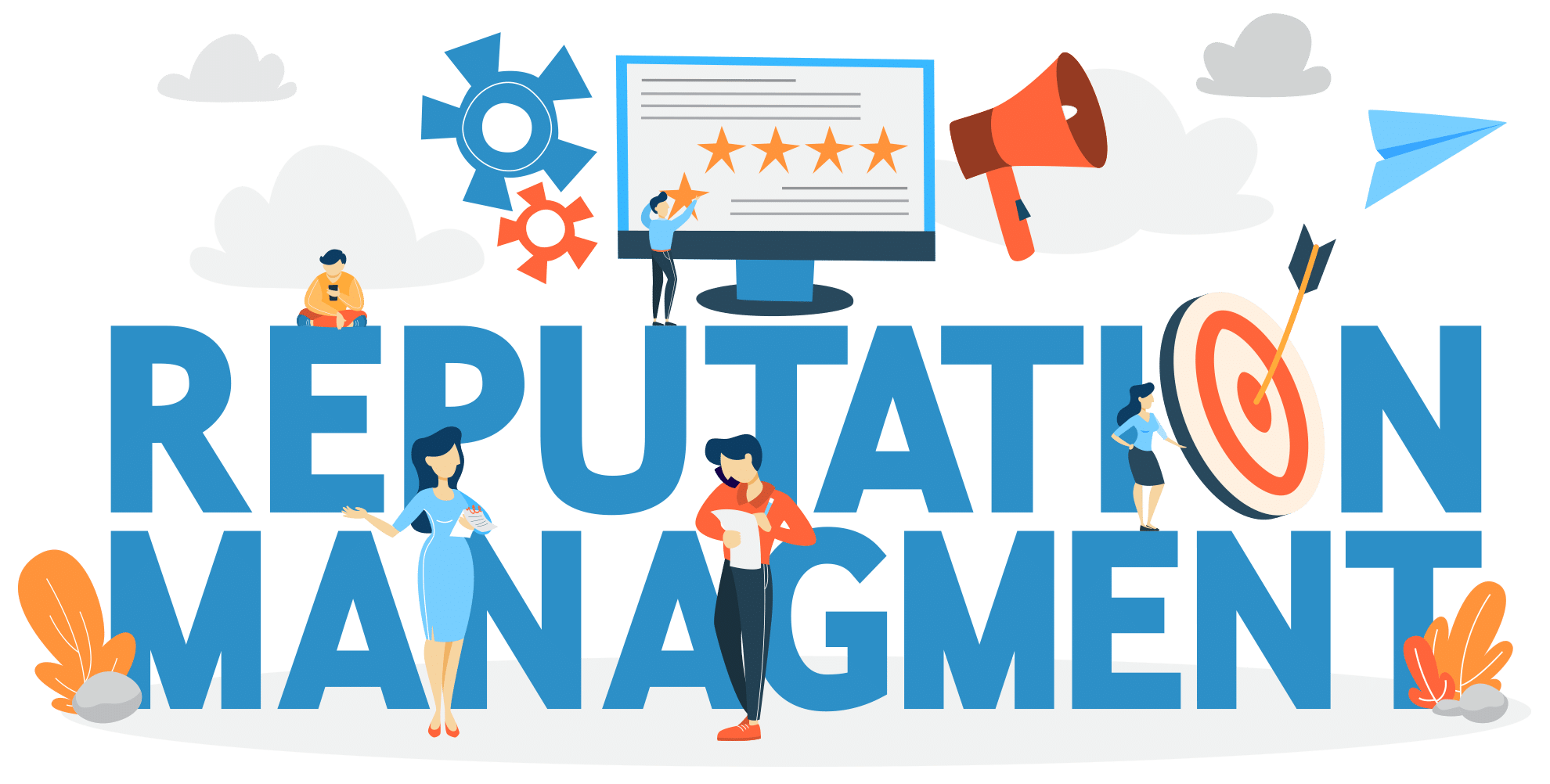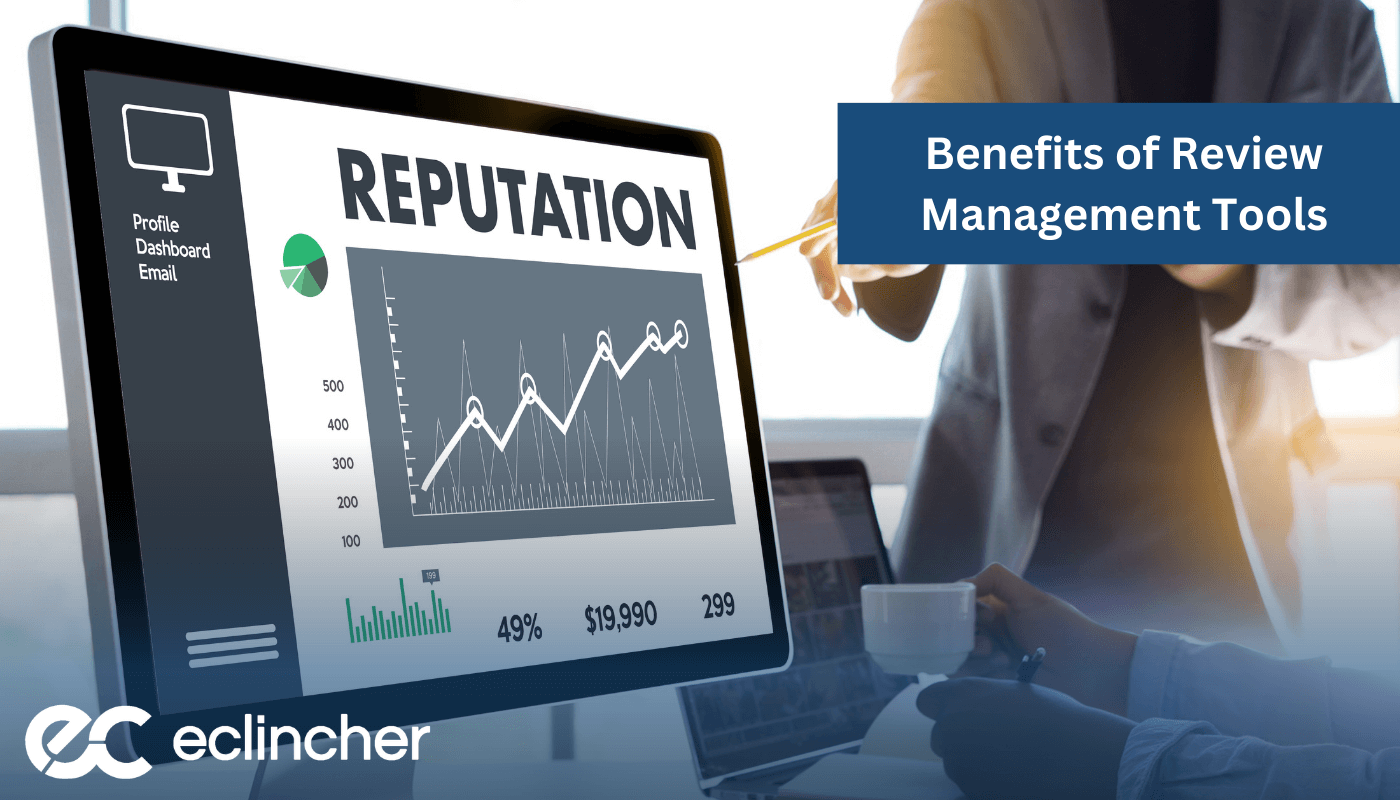Shielding Your Reputation: Essential Tips for Online Reputation Management
Wiki Article
From Dilemma to Opportunity: Leveraging Track Record Management in Times of Misfortune
In today's interconnected and busy world, companies and people deal with the continuous threat of situations and difficulties that can possibly harm their hard-earned online reputation. In this discussion, we will explore the art of leveraging online reputation monitoring throughout times of crisis, using insights and methods that can change a tough circumstance into a tipping rock for success.Understanding Online Reputation Monitoring
Comprehending reputation management is critical for businesses and people looking for to keep a favorable public picture and reduce potential damages in times of adversity. Track record management includes the techniques and methods used to form, preserve, and secure a person's or company's online reputation (Reputation Management). It includes actively monitoring what is being said regarding the specific or business, both online and offline, and reacting appropriately to any unfavorable or harmful detailsIn today's electronic age, where details spreads rapidly and can have a long lasting impact, track record administration has actually come to be also extra important. Social media platforms, online review sites, and information outlets can swiftly enhance any type of adverse attention or objection, possibly triggering considerable damage to an individual's or company's reputation. By comprehending credibility management, individuals and organizations can effectively navigate these challenges and proactively resolve any problems that may arise.
Key elements of track record monitoring consist of keeping track of online discusses and examines, involving with consumers or stakeholders, dealing with negative comments or objection in a prompt and professional way, and actively taking care of online accounts and web content. Furthermore, people and organizations need to strive to build a strong reputation by providing on assurances, providing exceptional consumer solution, and involving in moral practices.
Determining Misfortunes and Situation Circumstances

To recognize these adversities and situation circumstances, companies require to establish a durable surveillance and early warning system. This includes proactively checking conventional media, social media systems, on-line discussion forums, and various other pertinent sources for any prospective threats or negative discussions associated to the company. Reputation Management. By remaining positive and attentive, companies can promptly respond and detect to emerging concerns, stopping them from spiraling out of hand
In addition, organizations must also conduct routine risk evaluations to recognize possible susceptabilities and powerlessness in their procedures. When they do occur, this allows them to create contingency plans and protocols to resolve situations efficiently. By being prepared and positive in recognizing adversities and dilemma situations, companies can much better secure their reputation, preserve stakeholder depend on, and eventually transform adversity into chance.
Structure a Dilemma Feedback Strategy
Establishing a reliable crisis feedback method is essential for companies to effectively navigate via misfortune and secure their credibility. In times of dilemma, organizations have to be prepared to respond swiftly and properly to mitigate the influence on their stakeholders and keep public trust fund. Constructing a dilemma feedback technique involves numerous key steps.To start with, companies need to establish a dilemma administration team comprised of vital people from various departments. This group should be in charge of applying the crisis and establishing response plan. They should have a clear understanding of the organization's worths, objectives, and key stakeholders.
Second of all, companies need to perform an extensive threat evaluation to determine possible crises that could happen and analyze their prospective impact. This includes analyzing outside and inner aspects that can result in a crisis, such as operational interruptions, monetary concerns, or reputational dangers.
Next, companies should establish an interaction strategy that outlines how they will communicate with their stakeholders throughout a crisis. This plan must include consistent and clear messaging, along with platforms and channels to reach different target markets.
Furthermore, companies must establish procedures for tracking and evaluating the crisis feedback strategy. This consists of on a regular basis reviewing and upgrading the strategy to guarantee its effectiveness and making required changes based on lessons gained from previous situations.

Using Social Media in Reputation Administration
Social media has actually ended up being an indispensable tool for companies in managing their reputation throughout times of hardship. With the rise of social networking systems such as Facebook, Twitter, and Instagram, organizations now have the chance to straight involve with their stakeholders and address any issues or problems that may emerge.Throughout times of situation, social media sites permits companies to rapidly distribute details, provide updates, and connect their side of the tale. By proactively taking part in social my website networks conversations, organizations can check public belief, address false information, and demonstrate transparency and liability.
Among the crucial benefits of utilizing social media in reputation administration is the capacity to get to a huge target market in real-time - Reputation Management. Through social media sites systems, companies can engage with stakeholders from throughout the globe, despite geographical boundaries. This enables them to not only manage their online reputation locally however also on a worldwide range
One more advantage of making use of social media is the interactive nature of these platforms. Organizations can proactively pay attention to their target market, react to their concerns, and show a desire to resolve problems. This level discover this of interaction helps construct trust fund and integrity, which are essential for reputation administration.
However, it is very important for organizations to come close to social media sites with caution. Missteps or unsuitable actions can quickly intensify a dilemma and further damage the organization's credibility. For that reason, it is vital for companies to have a well-defined social networks technique in position, with clear guidelines on just how to attend to dilemma scenarios.
Transforming Situation Into Opportunity: Instance Studies
A number of organizations have successfully turned situations right into opportunities by efficiently handling their reputation and implementing strategic actions. These study highlight the significance of proactive track record administration during times of misfortune.One such situation study is the Tylenol dilemma in 1982. By focusing on consumer security and openly resolving the dilemma, Johnson & Johnson not only reclaimed consumer trust however also set brand-new sector requirements for product security.
Another remarkable description example is the Domino's Pizza crisis in 2009. In response, Domino's right away apologized and launched an extensive online project to attend to the situation.
These study show the value of quick activity, transparency, and efficient interaction in transforming dilemmas right into possibilities. By efficiently handling their credibility and applying critical actions, companies can not only mitigate the unfavorable influences of a dilemma but additionally arise more powerful and much more resistant.
Conclusion
Leveraging social media as a tool in credibility monitoring can better enhance organizations' ability to attend to dilemmas and communicate with stakeholders. Via positive and tactical reputation monitoring, crises can be turned right into chances for development and enhancement.By being prepared and aggressive in identifying hardships and dilemma situations, organizations can better protect their credibility, preserve stakeholder trust fund, and ultimately transform hardship right into possibility.
Creating an efficient situation reaction strategy is important for organizations to efficiently browse via hardship and safeguard their online reputation. Missteps or unsuitable responses can rapidly intensify a crisis and additional damages the company's credibility. Leveraging social media as a device in track record monitoring can even more boost companies' capacity to resolve dilemmas and communicate with stakeholders. Via positive and strategic online reputation administration, situations can be turned right into possibilities for growth and renovation.
Report this wiki page